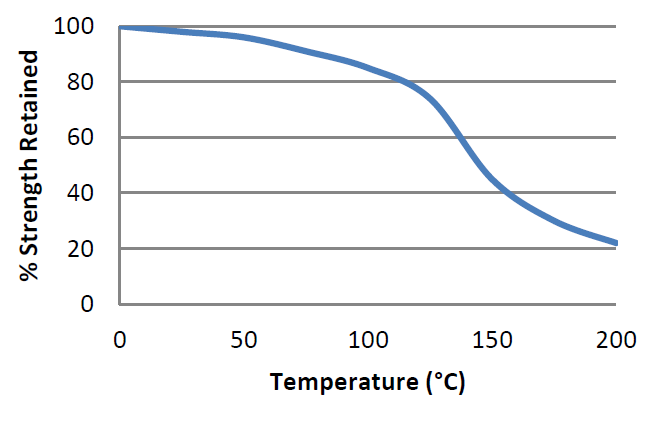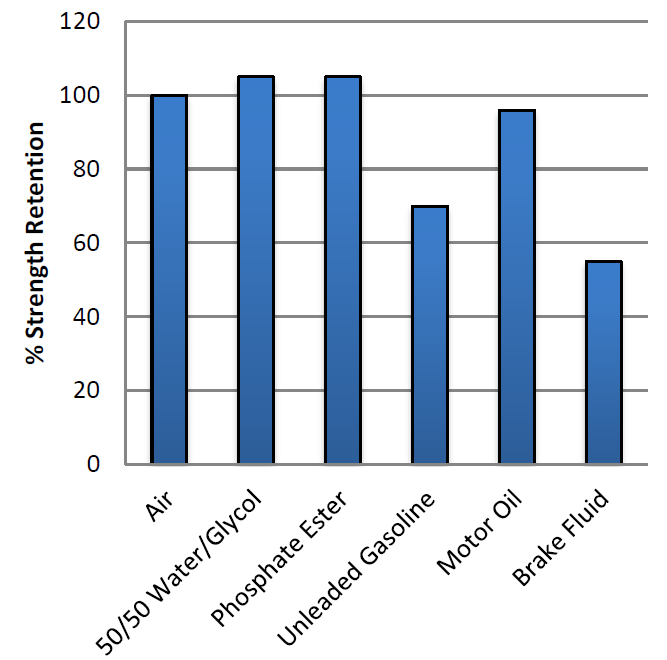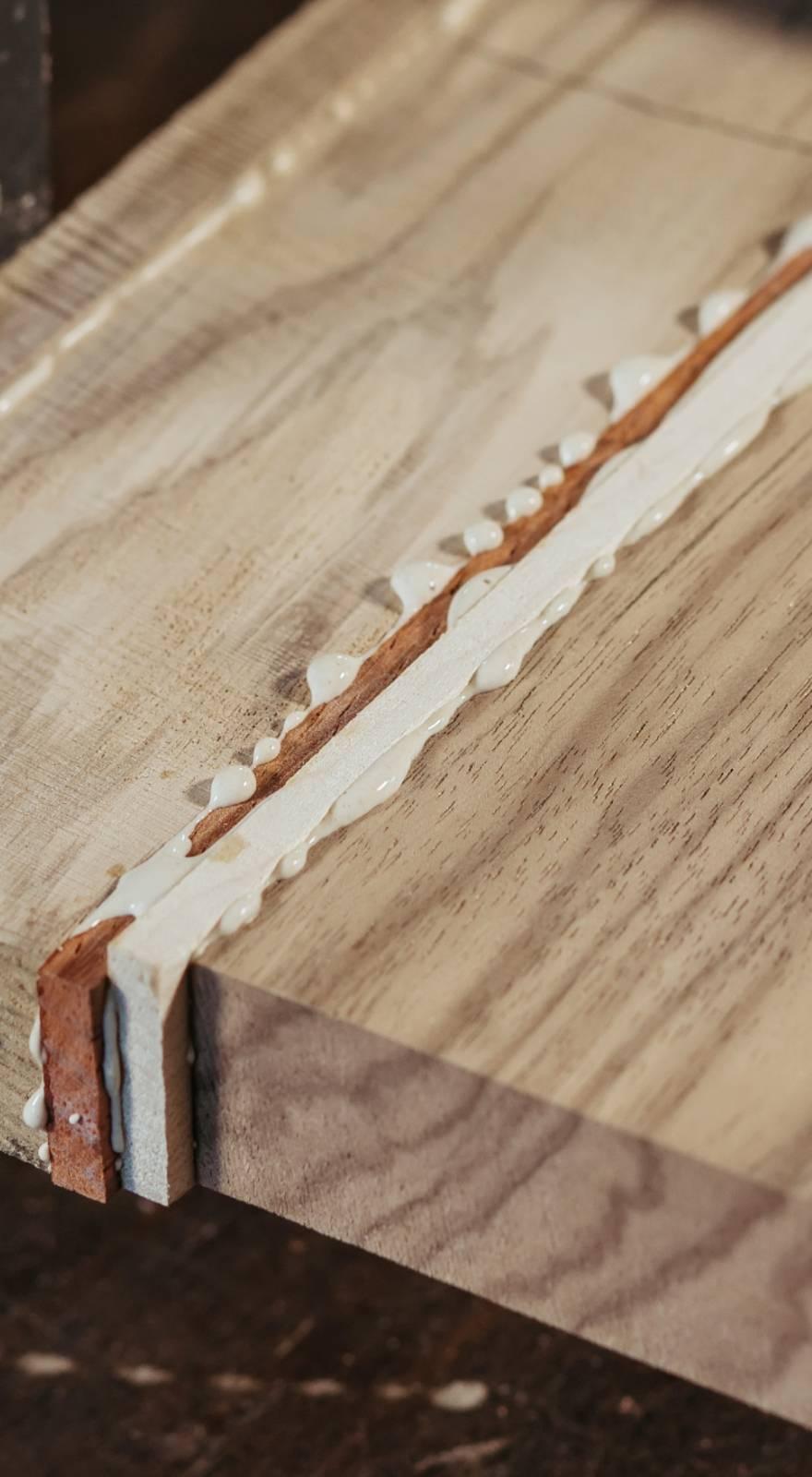Knowde Enhanced TDS
Identification & Functionality
- Chemical Family
- Product Type
- Technologies
- Product Families
Features & Benefits
- Ready-to-Use Product Features
- Features & Benefits
- Excellent adhesive strength
- Excellent resistance to vibration
- Easy to use – no mixing required
- High shear strength
- Low viscosity, self leveling
- Good resistance to chemicals
Applications & Uses
- Markets
- Compatible Substrates & Surfaces
- Cure Method
- Surface Preparation
Surfaces should be clean, dry and grease-free before applying the adhesive. Use a suitable solvent (such as acetone or isopropanol) for the degreasing of surfaces. Some metals such as aluminum, copper and its alloys will benefit from light abrasion with emery cloth (or similar), to remove the oxide layer.
- Directions for Use
- The adhesive should be dispensed from the bottle via the nozzle supplied (this can be cut to give the appropriate sized bead to cover the bond area).
- Apply the adhesive to one surface and avoid entrapping air.
- Assemble parts applying sufficient pressure to ensure the adhesive spreads to cover the entire bond area.
- Use a jig / clamp to prevent parts moving during cure.
- It is advisable not to disturb the joint until the adhesive is fully cured.
- Cure with heat – see page one for cure schedule.
Regulatory & Compliance
- Certifications & Compliance
Technical Details & Test Data
- Physical Properties of Uncured Adhesive
Chemical composition Epoxy Resin Appearance White Viscosity at 25°C 15,000 – 30,000 mPa.s (cP) Specific gravity 1.2 - Typical Curing Properties
Flow at high temperature Free flow Maximum gap fill 0.25 mm 0.01 in Cure speed (oven) * 130° C (266°F): 60 minutes
150°C (300°F): 45 minutes
160°C (320°F): 20 minutesCure speed (induction) <3 minutes - Typical Performance of Cured Adhesive
Shear strength* (ISO4587) Steel 20 - 35 MPa (3000 – 5000 psi)
Aluminum 14 - 27 MPa (2000 – 4000 psi)
Zinc 14 - 27 MPa (2000 – 4000 psi)Tensile strength (DIN53504) 40 N/mm² (5800 psi) Hardness (ISO868) 80-85 Shore D E-modulus 2.1 GPa Elongation at break (DIN53504) <3% Coefficient of thermal expansion 50 x 10-6 mm/mm/°C (below Tg)
165 x 10-6 mm/mm/°C (above Tg)Thermal conductivity 0.25 W/(m.K) Glass transition temperature (Tg – DSC) 115°C (240°F) Water absorption (ISO62) <0.5% (at room temperature) - Hot Strength

“Hot strength” shear strength tests performed on mild steel. Fully cured then conditioned to pull temperature for 30 minutes before testing.
ES562 can withstand higher temperatures for brief periods (such as for paint baking and wave soldering processes) providing the joint is not unduly stressed.
The minimum temperature the cured adhesive can be exposed to is -40°C (-40°F) depending on the materials being bonded.- Chemical Resistance

Specimens were immersed for 30 days at 85ºC and tested at room temperature.
Storage & Handling
- Storage Temperature
2 to 7°C (35 to 45°F)

